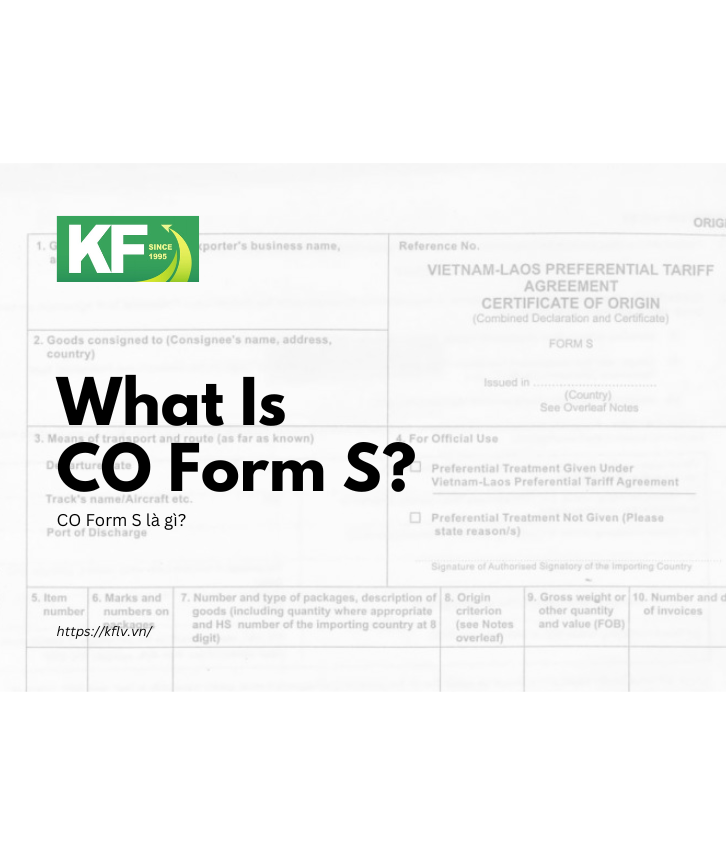Bill of Lading (B/L) and Sea Waybill: Key Documents in Maritime Shipping
Bill of Lading (B/L) and Sea Waybill are two essential documents in maritime shipping. Although both are transport documents, they have different characteristics and functions. This article will help you understand these two types of documents and the differences between them.
What is a Bill of Lading (B/L)?
A Bill of Lading is a critical document in sea freight. It serves as evidence of the contract of carriage between the shipper and the carrier. It also acts as a receipt for the goods, a certificate of ownership, and a document of title to the goods.
Key Functions of a Bill of Lading:
- Evidence of the contract of carriage: Specifies the terms and conditions for transporting goods.
- Receipt of goods: Proves that the carrier has received the goods from the shipper.
- Certificate of ownership: The Bill of Lading can be transferred, allowing the holder to claim the goods.
- Document of title: It can be endorsed and transferred, enabling the transfer of ownership from one party to another.
Types of Bills of Lading:
- Negotiable Bill of Lading: Ownership of goods can be transferred by endorsing and stamping the document.
- Non-negotiable Bill of Lading: Ownership of goods cannot be transferred. The consignee named on the Bill of Lading is the only party entitled to receive the goods.
What is a Sea Waybill?
A Sea Waybill is a simpler transport document compared to a Bill of Lading. It serves as evidence of the contract of carriage but does not confer ownership of the goods. Sea Waybills are non-negotiable and cannot be transferred.
Advantages of Sea Waybill:
- Simplified process: No original document is required to claim the goods.
- Time-saving: Goods can be released quickly to the consignee.
- Increased security: Reduces the risk of losing the document.
Differences between Bill of Lading and Sea Waybill:
| Characteristic | Sea Waybill | Bill of Lading |
|---|---|---|
| Transferability | Non-transferable | Transferable |
| Goods release | Goods can be released directly to the consignee | Usually requires the original Bill of Lading to release goods |
| Documentation process | Simplified process, accepts copies or electronic versions | Generally requires the original document for goods release |
| Security and regulation | Lower security and regulation for ownership transfer | Provides higher security and regulation |




Written bykflv.vn
Other activities


Other news

CO Form S (Certificate of Origin – Form S) is a preferential certificate of origin issued for goods exported from Vietnam to Laos. It enables Vietnamese exporters to enjoy special tariff preferences under the Vietnam–Laos Bilateral Trade Agreement. This article explains what CO Form S is, its purpose, documentation requirements, and application procedure — along […]

